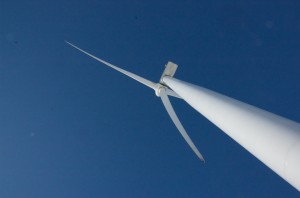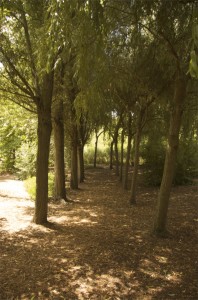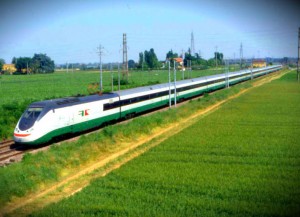Cross-posted from the Sustainable Business Leader Program blog.
 On May 23rd the Sustainable Business Leader Program, Cambridge Local First, and the Cambridge Energy Alliance hosted a new kind of business sustainability workshop: a business-to-business conversation featuring the Cambridge Brewing Company, a handful of business-centered sustainability services, and a score of small business representatives curious about their own green options.
On May 23rd the Sustainable Business Leader Program, Cambridge Local First, and the Cambridge Energy Alliance hosted a new kind of business sustainability workshop: a business-to-business conversation featuring the Cambridge Brewing Company, a handful of business-centered sustainability services, and a score of small business representatives curious about their own green options.
By having many of the players in the room at the same time, small Cambridge businesses were able to comfortably learn how they could make their businesses more environmentally friendly while saving valuable natural resources and money.
The workshop featured a presentation by Phil “Brewdaddy” Bannatyne, owner of Cambridge Brewing Company, who highlighted the steps that his business took to “go green,” including much praise for the Sustainable Business Leader Program, and shared insights into the challenges and benefits of doing so.
After the presentations, business representatives had the opportunity to meet and hear from various organizations about the many programs and incentives that are available to them to make their own journey of sustainability and energy efficiency easy, rewarding, and fun. Arrow Paper, New Generation Energy, Prism Consulting, Save that Stuff and ThinkLite were on-hand to showcase their services and answer questions during the networking portion.
Attendees (and organizers) enjoyed this informative and relaxed night, and folks left with a clear understanding of how and why to green their small business, after enjoying conversation, food, and free local brews.
Please browse the links throughout this article to make use of the resources presented that evening.
The Sustainable Business Leader Program, a program of the Sustainable Business Network of Greater Boston, supports locally owned independent businesses in improving their environmental business practices, reducing their carbon footprint, and saving money. Visit http://www.sustainablebusinessleader.org to learn more.






![Operating a hand drill at North American Aviation, Inc., [a] woman is working in the control surface department assembling a section of the leading edge for the horizontal stabilizer of a plane, Inglewood, Calif. (LOC) by The Library of Congress](http://farm3.static.flickr.com/2024/2179861666_7bcd3bbbbb_m.jpg)


![[Tree in a rural area] (LOC) by The Library of Congress](http://farm3.static.flickr.com/2091/2179176502_90bbbc4f4c_m.jpg)